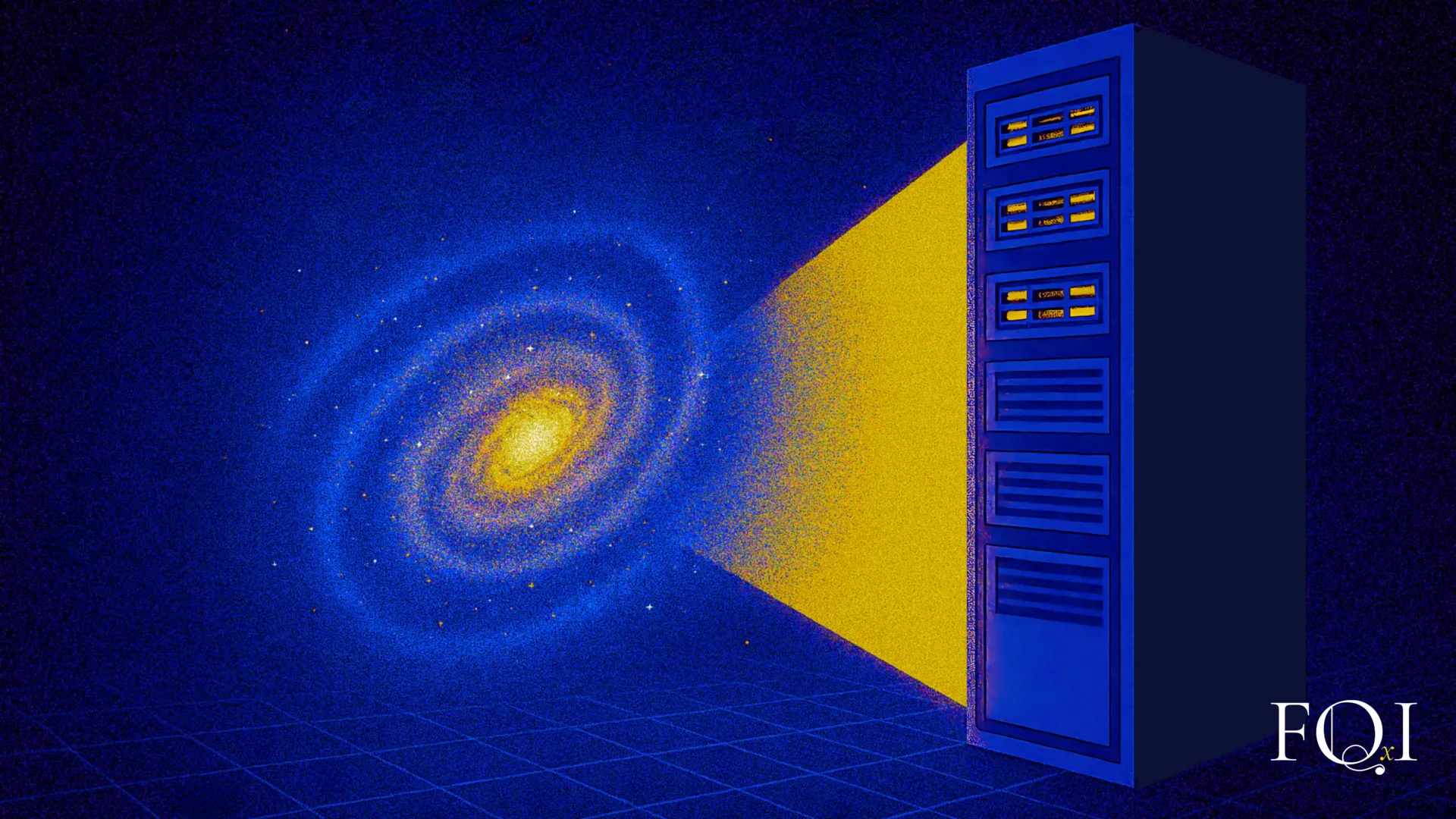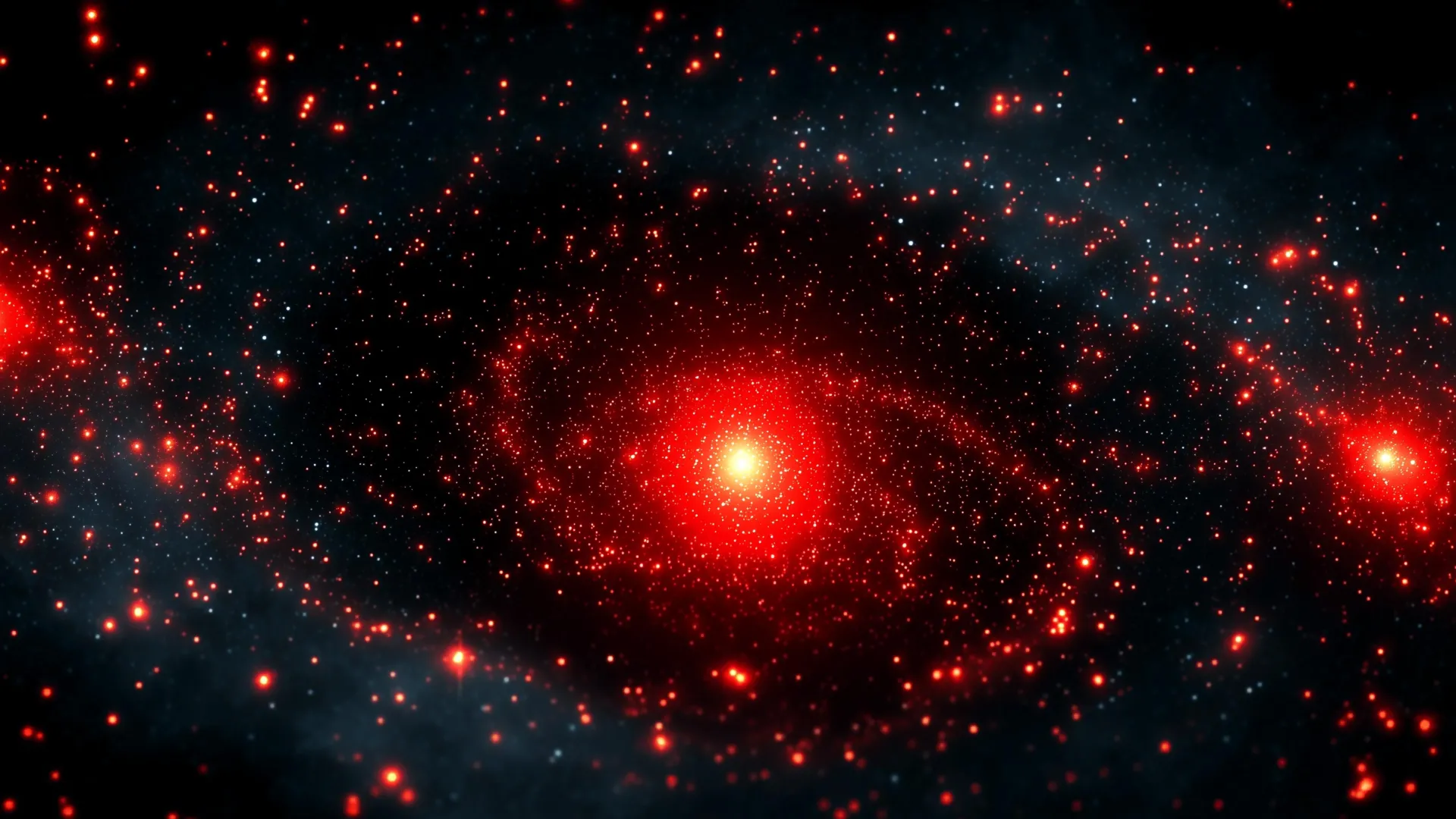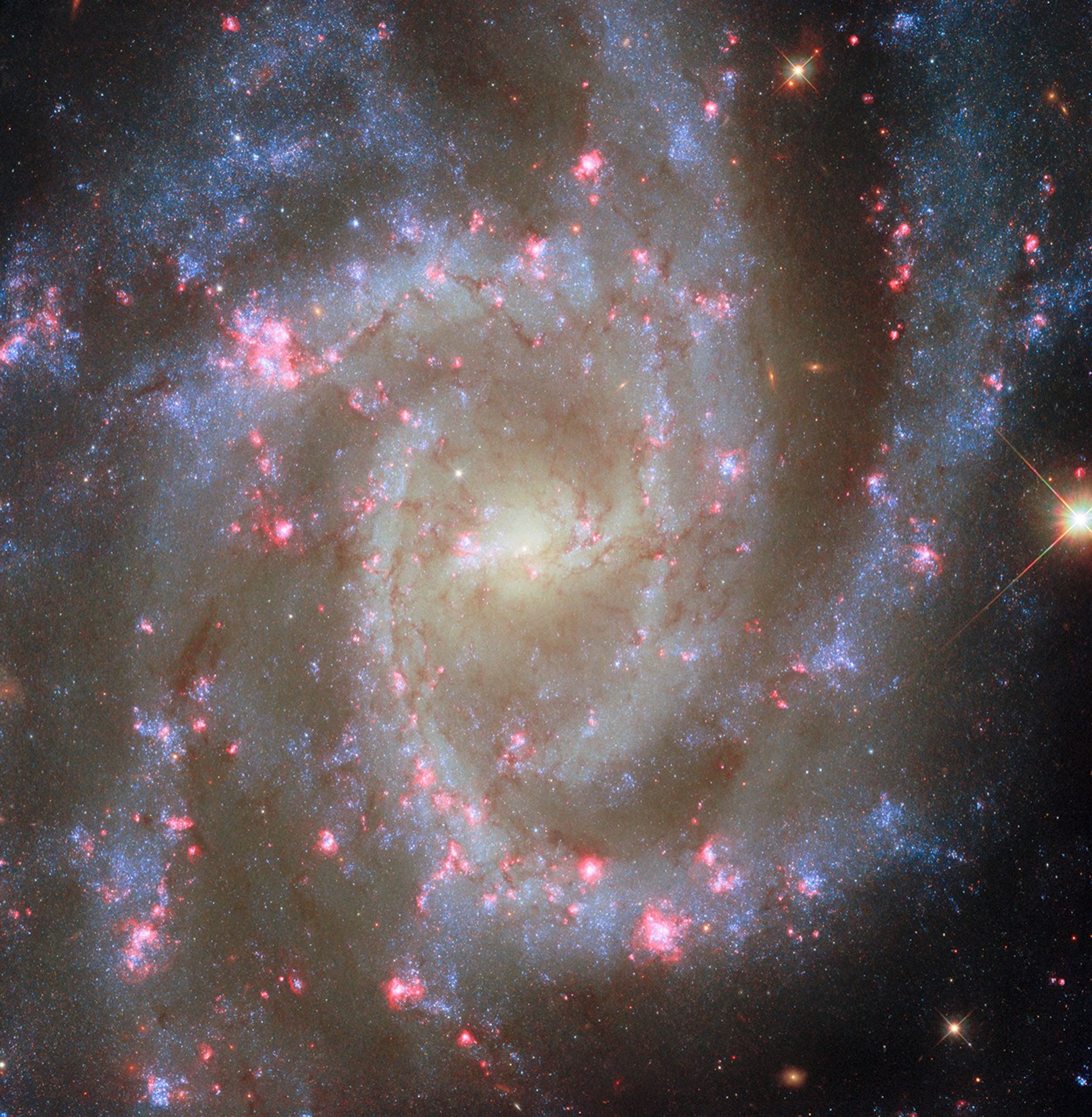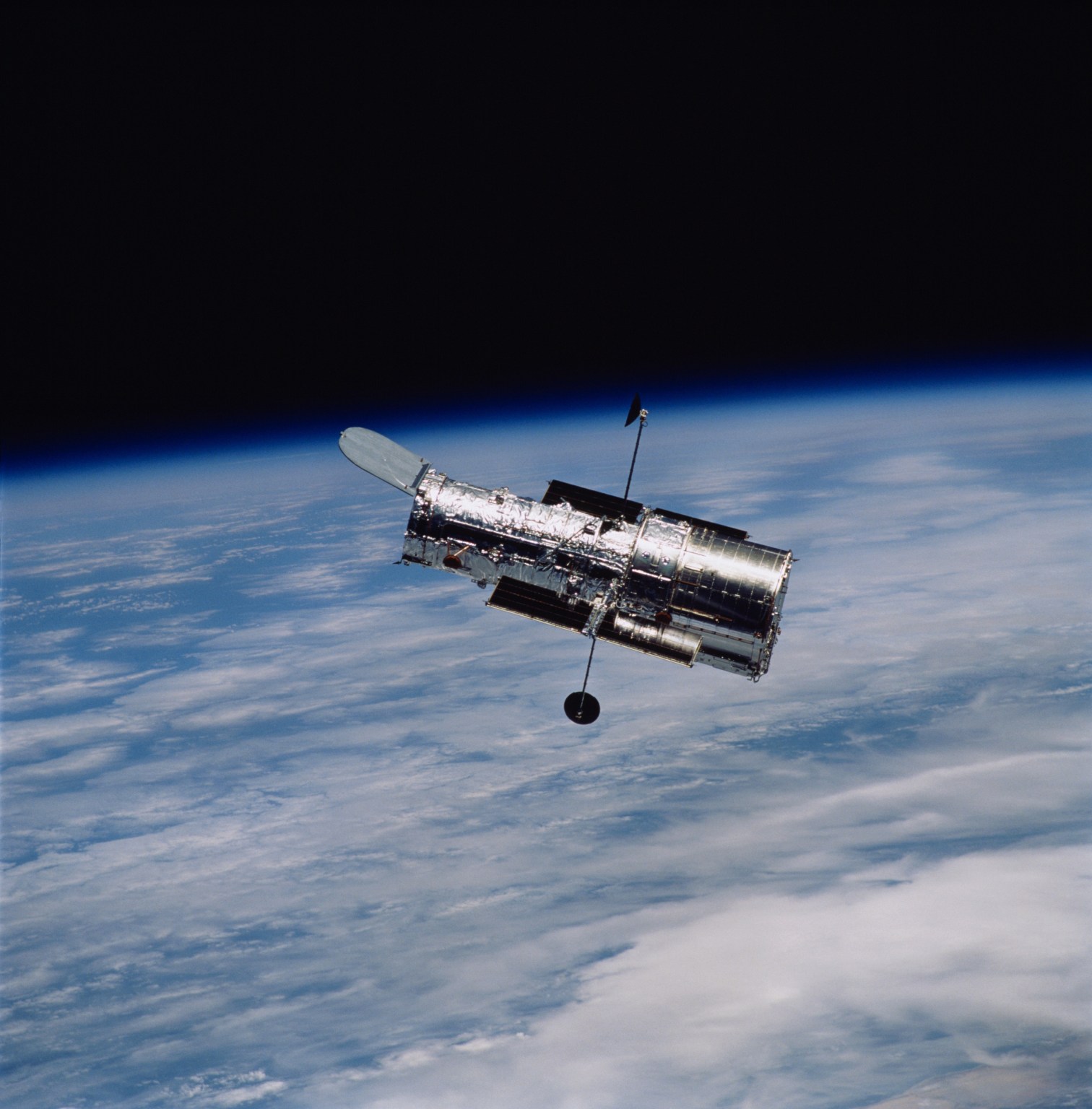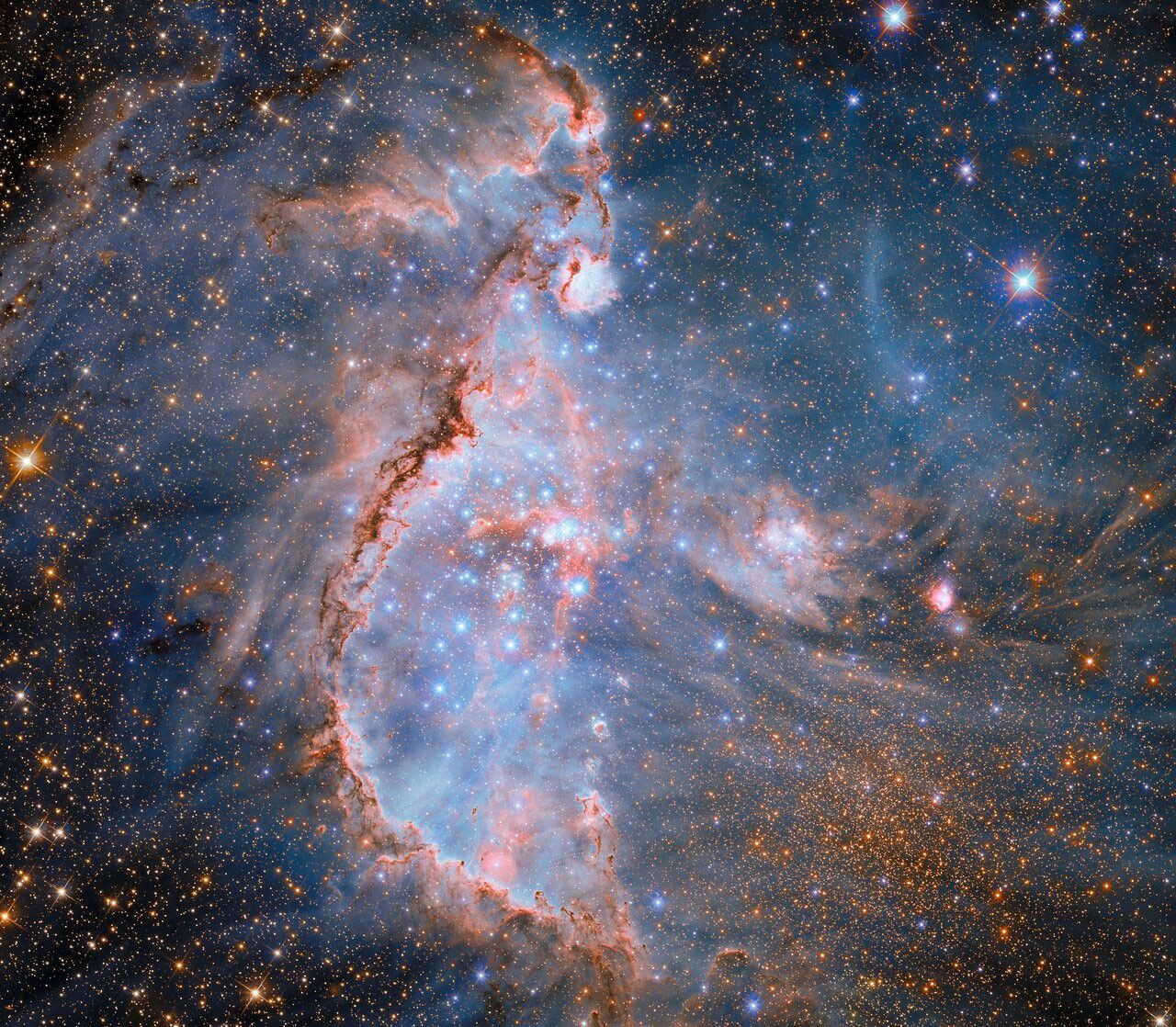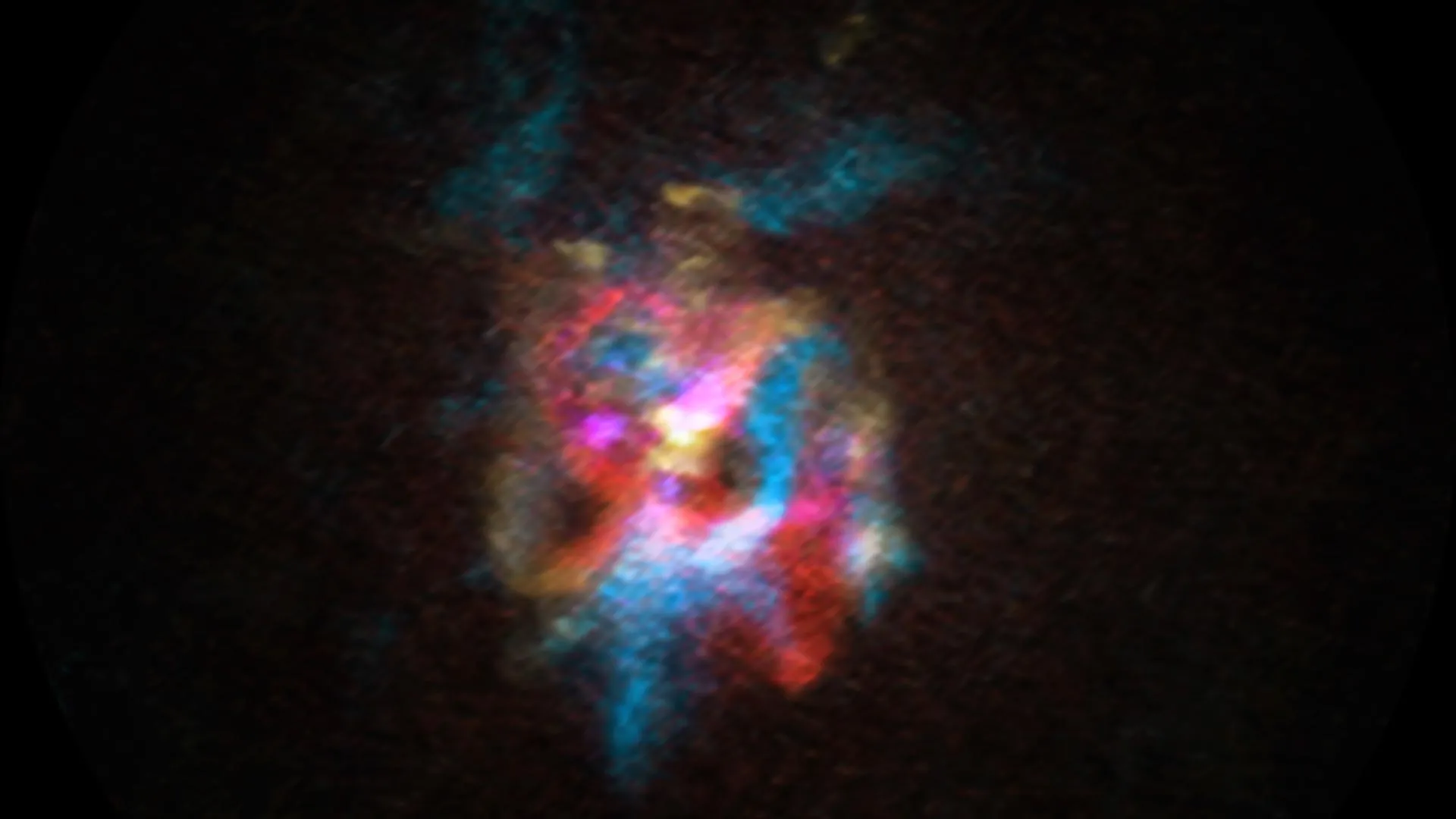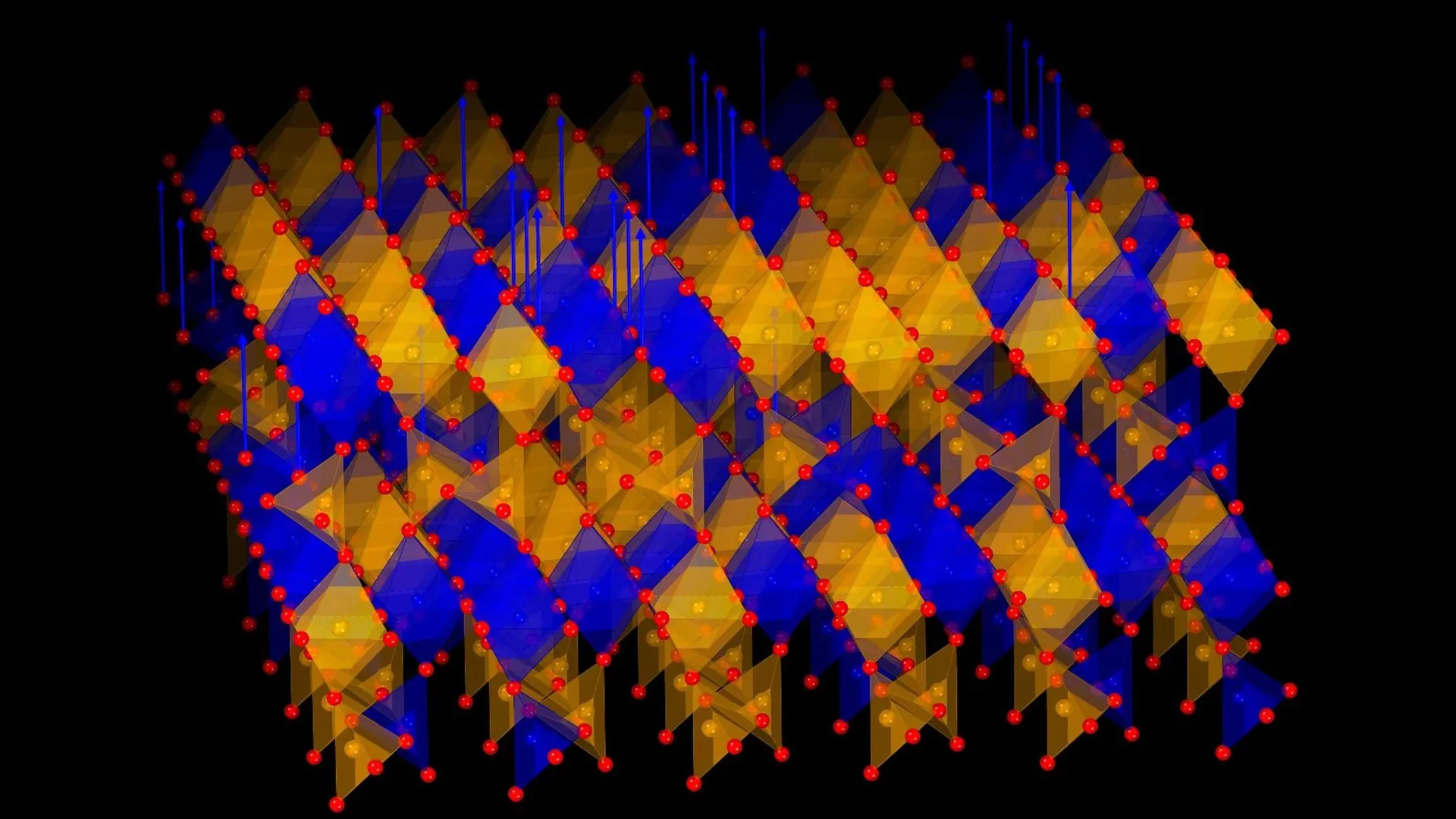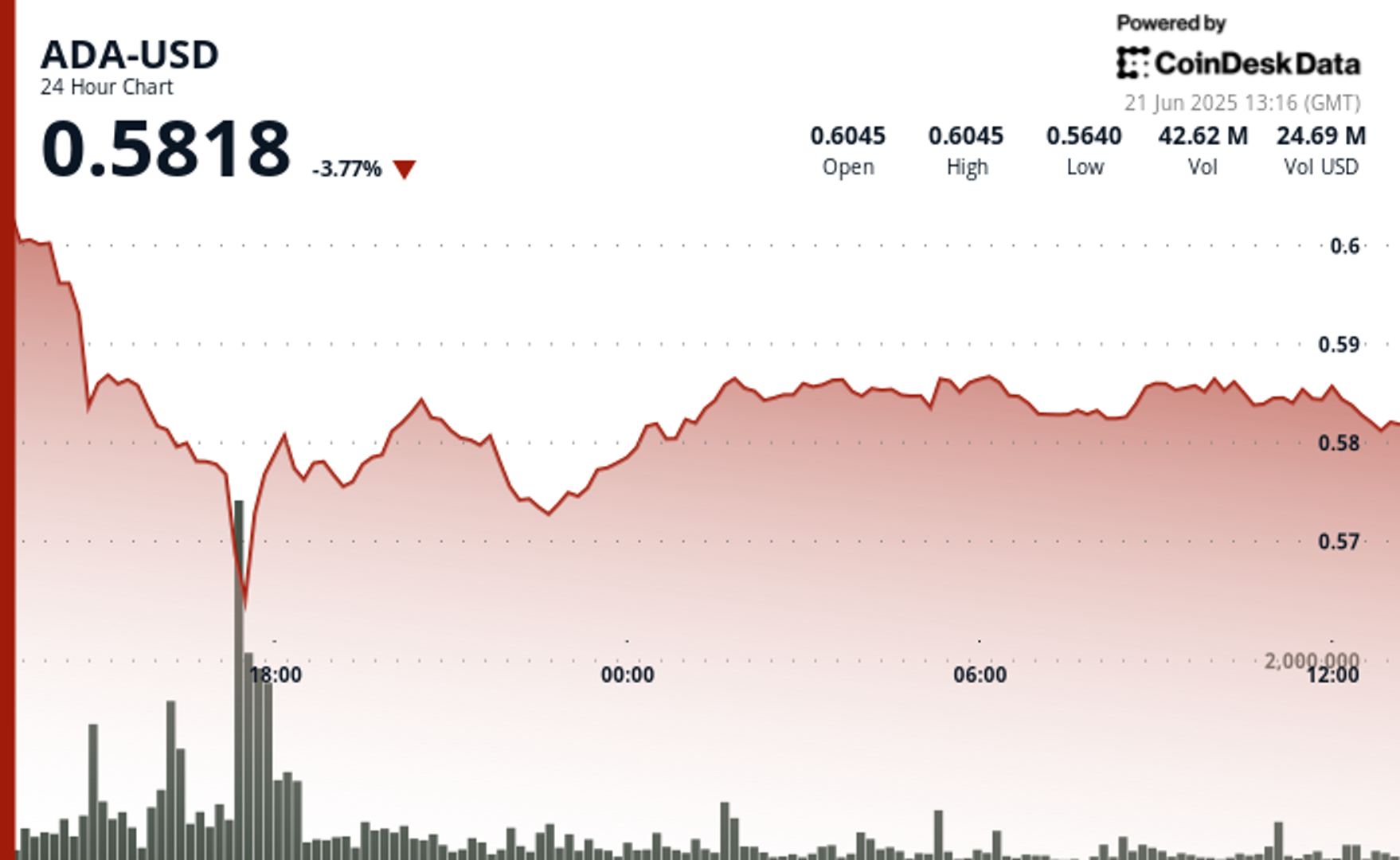Hubble Observes Noteworthy Nearby Spiral Galaxy
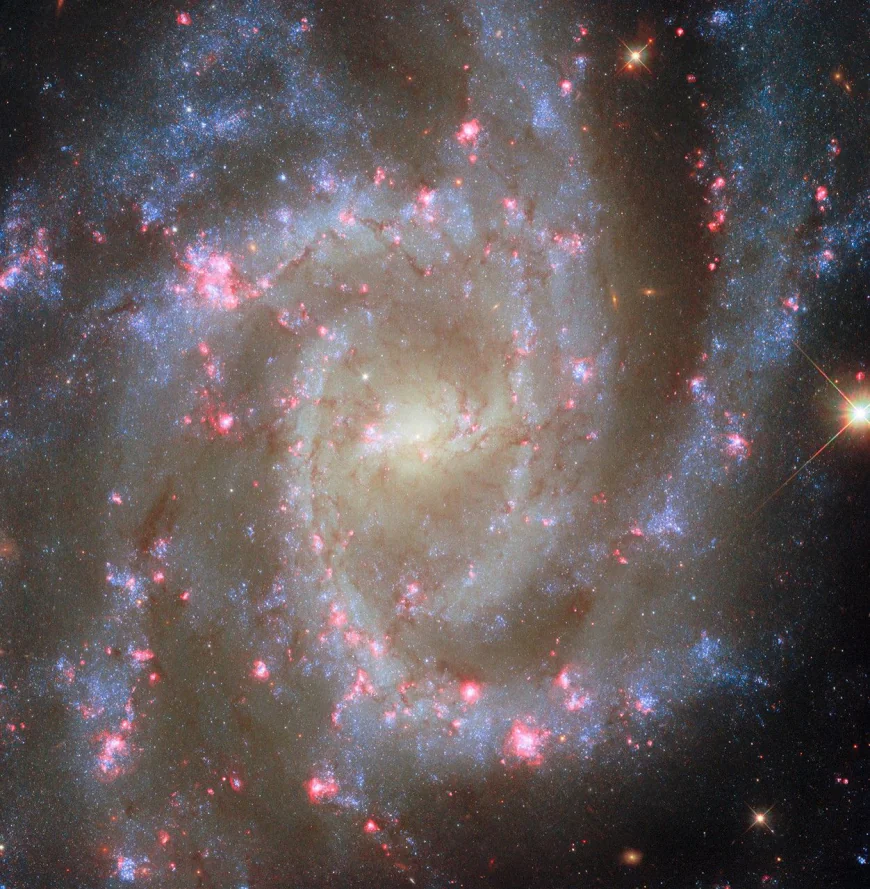
2 min read
Hubble Observes Noteworthy Nearby Spiral Galaxy
This NASA/ESA Hubble Space Telescope image offers a new view of the nearby spiral galaxy NGC 2835, which lies 35 million light-years away in the constellation Hydra (the Water Snake). The galaxy’s spiral arms are dotted with young blue stars sweeping around an oval-shaped center where older stars reside.
This image differs from previously released images from Hubble and the NASA/ESA/CSA James Webb Space Telescope because it incorporates new data from Hubble that captures a specific wavelength of red light called H-alpha. The regions that are bright in H-alpha emission are visible along NGC 2835’s spiral arms, where dozens of bright pink nebulae appear like flowers in bloom. Astronomers are interested in H-alpha light because it signals the presence of several different types of nebulae that arise during different stages of a star’s life. Newborn, massive stars create nebulae called H II regions that are particularly brilliant sources of H-alpha light, while dying stars can leave behind supernova remnants or planetary nebulae that can also be identified by their H-alpha emission.
By using Hubble’s sensitive instruments to survey 19 nearby galaxies, researchers aim to identify more than 50,000 nebulae. These observations will help to explain how stars affect their birth neighborhoods through intense starlight and winds.
Text Credit: ESA/Hubble
What's Your Reaction?
 Like
0
Like
0
 Dislike
0
Dislike
0
 Love
0
Love
0
 Funny
0
Funny
0
 Angry
0
Angry
0
 Sad
0
Sad
0
 Wow
0
Wow
0















